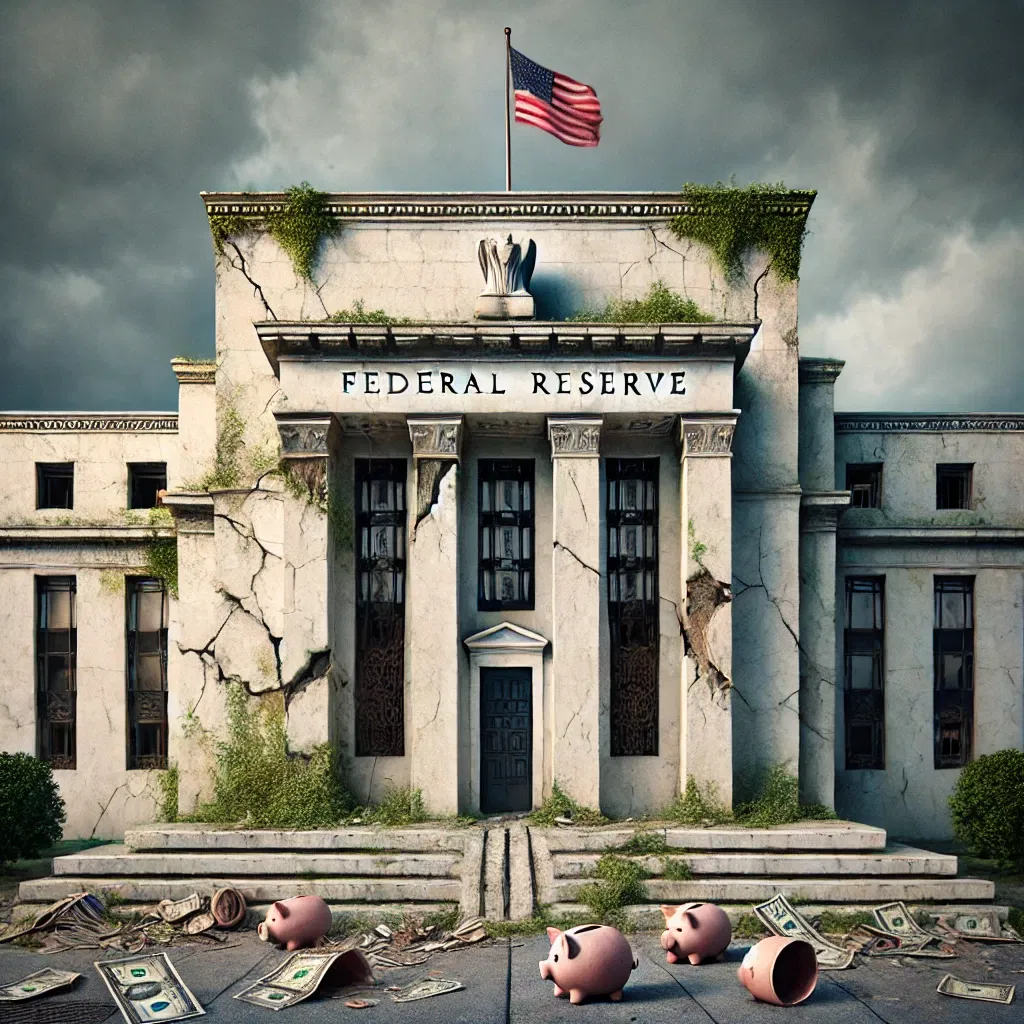There are a lot of people in the financial community, including a few notable figures, that are highly bearish if not outright suspect of China’s growth.
I’m always puzzled by this opinion. I’ve been to the country several times before and keep regular tabs with influential players and insiders, and my own assessment has always been quite positive on the country.
This trip, though, was specifically designed to check my premise and make sure that I wasn’t just drinking the mainstream media Kool-Aid about China. Furthermore, I wanted to spend enough time on the ground to explore more than just the key cities; sure, everyone knows about Beijing, Guangzhou and Shanghai, but what’s going on in Tier-2 and Tier-3 cities?
The facts and observations from this trip thus far point to a single, inexorable conclusion–
China’s growth is very real.
In fact, I will go a step further and say that an enterprising foreigner can still make a fortune here; China is very much still a ‘developing’ country– despite it’s advanced age as one of the oldest countries in the world, economically it is quite adolescent.
Consequently, the country is a ‘target rich environment’ for skilled entrepreneurs that specifically fall in the ‘pioneer’, ‘expeditioner’, and ‘internationalist’ categories.
Here are the fundamentals which compel me to make this point:
As I have mentioned in previous missives, real economic growth is based on two factors– technology and the accumulation of savings. China has both in mass quantities. Accumulation of savings provides a deep capital base for funding trade, infrastructure, manufacturing capacity, and small business loans… all of which create additional economic activity.
And technology? China has everything that is required
brainpower, design creativity, equipment, and skilled labor. Take a walk through one of the knock-off technology markets to see for yourself. With both of these elements, China is investing heavily in its economy; new businesses are being created, more workers are being hired, and average wealth is expanding… which propagates continued economic growth.
Domestic consumption is also picking up steam. In theory, people have two options with every dollar earned– save it, or spend it. In the past, Chinese have opted for the former– working hard, saving their money, and building for the future.
Well, the future has arrived.
I have never witnessed such levels of consumption before, both in the white markets and the gray markets… mega-stores, knock-off markets, shopping malls, bars, restaurants, etc. are all packed with patrons. The crowds are overwhelming, would definitely make a fire marshal nervous.
There are long-term consequences for Chinese consumption– a dollar consumed is a dollar not saved, so China is now effectively trading future growth rate for consumption today. In the LONG run, China will find itself in the same position that the United States is in now– a depleted capital base thanks to decades of mindless consumption.
This economic causality, however, is at least a generation away. For the next several decades, you can expect that internal consumption will be a major growth engine of the Chinese economy… and consumers are barely getting warmed up.
Meanwhile, the government is spending an enormous amount of money, businesses are investing heavily in capacity and new infrastructure, and exports are still net positive. All of this spells significant economic growth.
Yes there will be problems like any other country– inflation, resource shortages, social strife, corruption; none of these factors is strong enough to derail China’s growth– there may be hiccups along the way, but the country’s fundamentals are solid.
Do I buy the Chinese government’s official numbers?
Of course not. I don’t believe any official numbers from any government. Nor do I believe in popular industrial indicators like counting the number of tower cranes dotting the skyline (which can often be a clear sign of overdevelopment).
The most obvious indication of China’s potential can be seen on the streets and in shops far away from the bustle of Shanghai in Tier 2 and Tier 3 cities that most people outside of China have never heard of. The wealth effect is cascading across the entire country, and consumers in remote provinces are buying televisions, air conditioners, automobiles, etc. for the first time ever… and most of it is paid for with savings, not credit.
I traveled to Shangdong province so that I could get an up-close assessment of ‘Anytown, China,’ and I’m here to tell you that the business opportunities are very real.
More to follow tomorrow.







